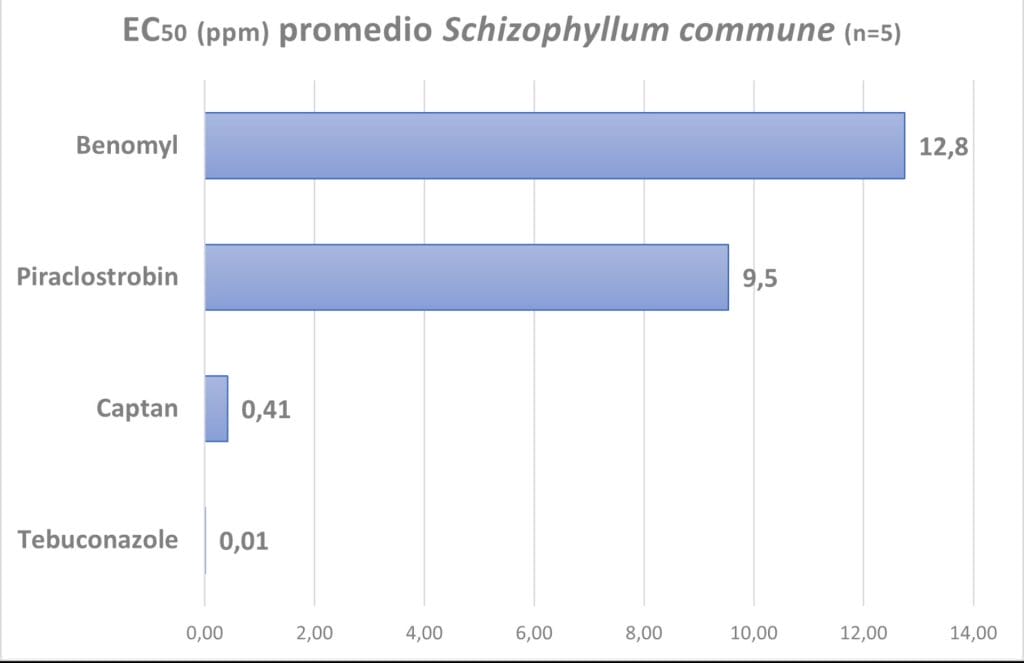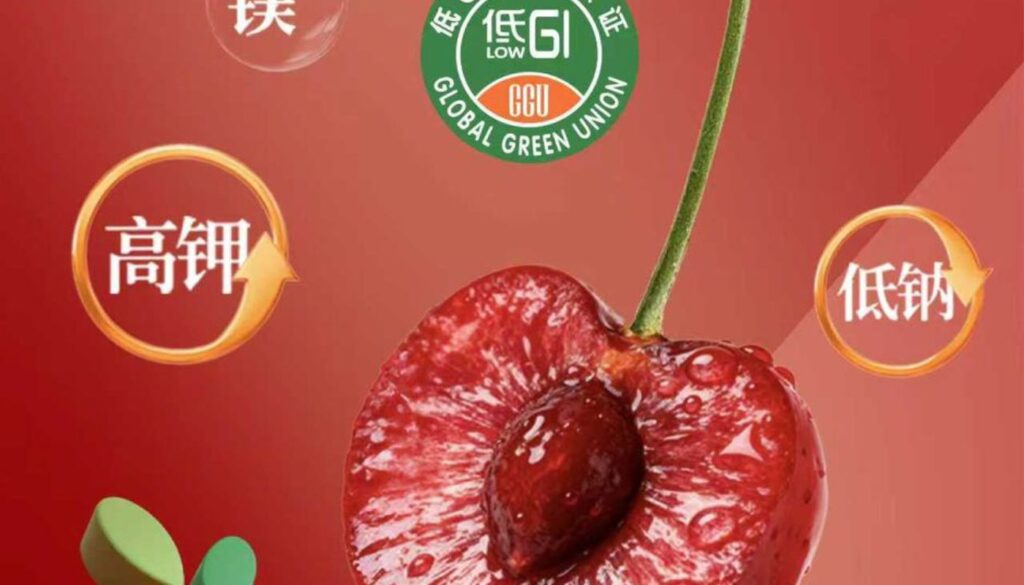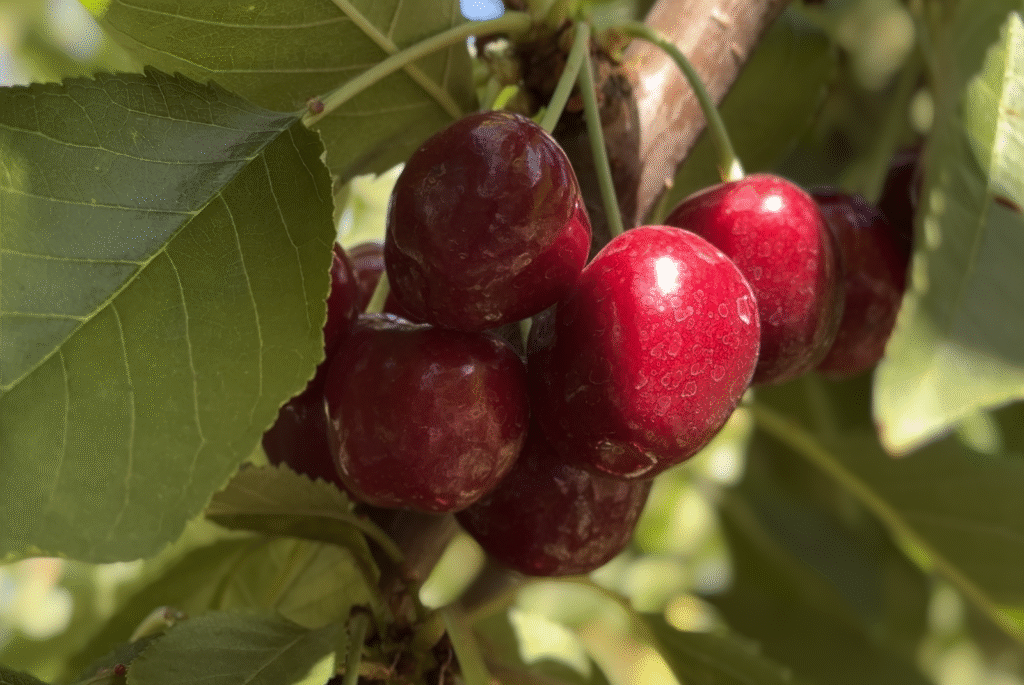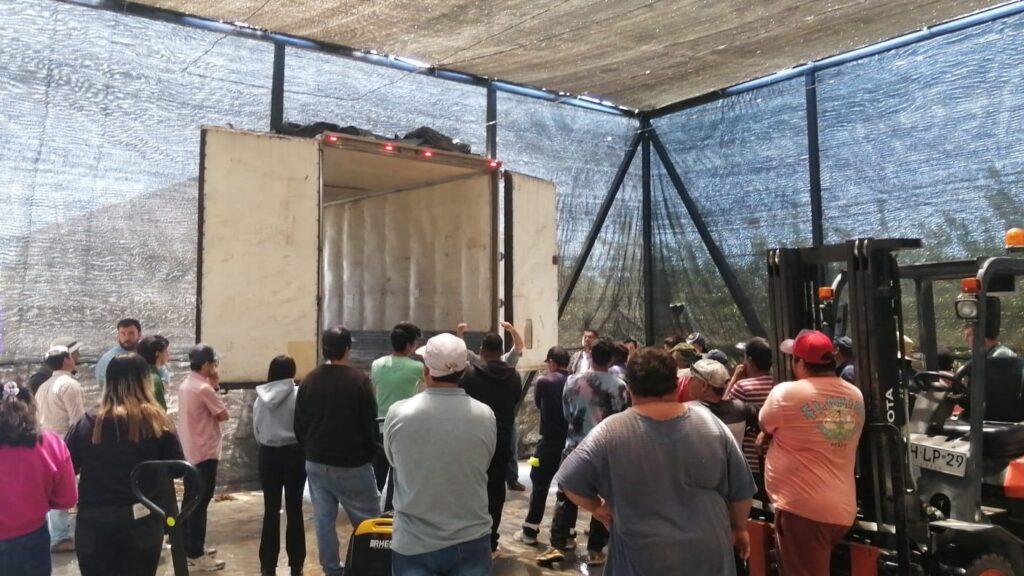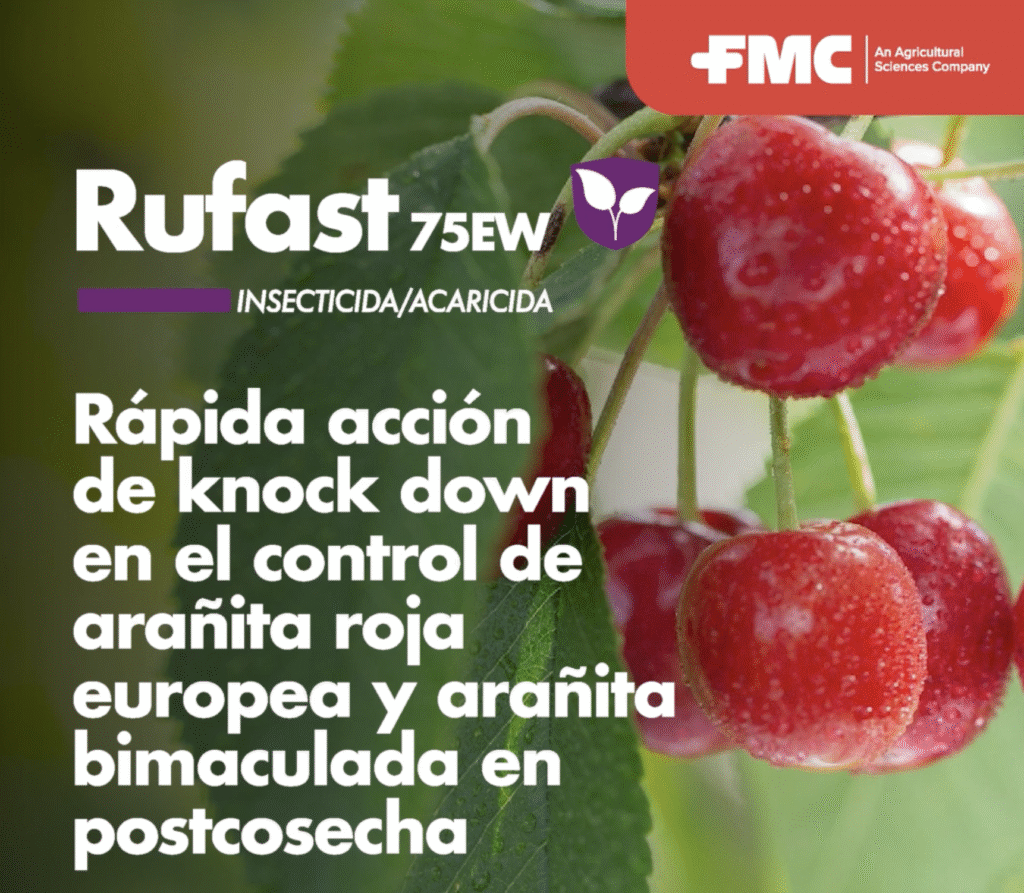In several previous articles we have delved into two fungi that we consider the most destructive in cherry trees in Chile, Cytospora and Calosphaeria; However, there are other species, which often act in association with other pathogens, which also cause wood rot, which eventually only depress the plant without killing it, but generate an evident productive compromise, threatening the sustainability of our orchards. Among these stone guests, Schyzophyllum commune It is one of the most common; its diagnosis and characteristics are very important to know in order to direct correct preventive management and thus reduce the probability of infection.
Generally, in cherry orchards, various Ascomycete fungi are our reason for control, from Alternaria, passing through Botrytis and Geotrichum that cause rot in fruit, to fungi that cause death of plants such as Calosphaeria and Cytospora. However, there is another group of fungi, a division called Basidiomycota that includes fungi that produce basidia, a spore-producing structure. This division includes macroscopic fungi such as the classic mushrooms and club ears on tree trunks. Probably the best-known phytopathogen Chondrostereum purpureum It is the most popular agent of this group, it is the organism that causes the “Silvering of Fruit Trees”, which causes significant losses globally due to its power to infect several fruit species. Silvering, as a disease, is often used as a common term to define various wood conditions in the field, and within this confusion the attack of Schyzophyllum commune is one of the most confused and misdiagnosed.
According to the analyses we performed in the laboratory, the participation of Basidiomycetes in causing cherry wood rot is quite low; C. purpureum, at least in the central zone, is very rarely detected, however, S.commune It is the most common diagnosis, even in young plants, so it is very important to learn its characteristics.
Some relevant features
S. commune It is a globally dispersed, cosmopolitan fungus, and in places as far away as Mexico and Malaysia it is part of the local gastronomy and today there is speculation about its properties as a superfood. It is a fungus known not only for causing diseases in plants, but in humans it causes serious lung problems, sinusitis and more rarely brain infections; in other words, we are looking at a possible protagonist of the series “The Last of Us”.
From a phytopathological point of view, it is described as an opportunistic fungus that lives in wounds or even as a saprophyte, but other definitions recognize it directly as a phytopathogenic fungus of living trees causing the so-called "Rot by Schizophyllum”.
Like mushrooms like Cytospora either Calosphaeria, Schyzophyllum It needs wounds to enter the wood of living trees; thus, pruning, frost damage or damage on the opposite side caused by extreme solar radiation, lesions caused by other pathogens (bacteria), branching, can be its entry point. Its rot is characterized as “white”, due to the tone of the wood when the infection develops; this effect occurs because it is a “lignicolous” fungus, since it degrades the lignin leaving lighter tones in the wood.
This pathogen is highly adaptable, lives in diverse and very different climatic conditions, and takes advantage of plant stress to consolidate its infection, also considering the wound as an entry point. Situations of water stress or violent pruning procedures such as thinning can lead to its most virulent attack (Photo 1).
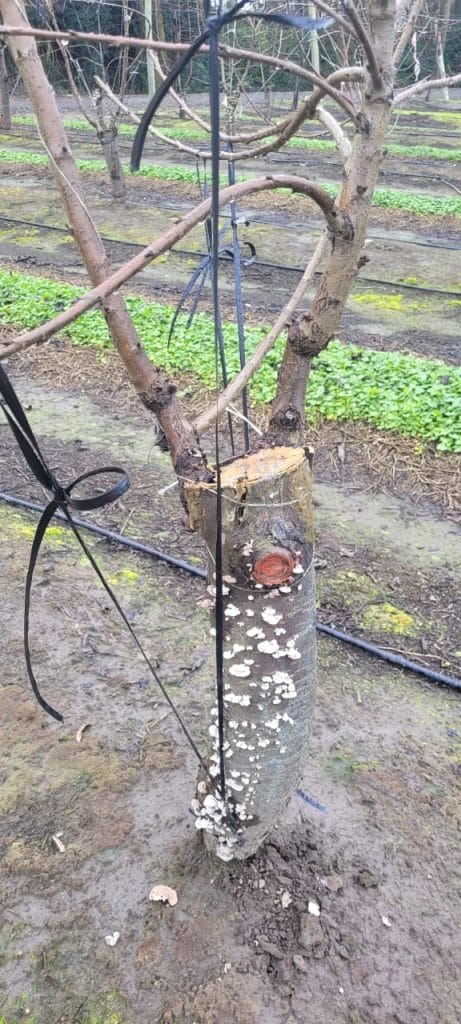
Although this fungus is a weak decomposer of wood in vitro, preferably invades the living tissues of plants, including the bark (Photo 2) and phloem, being exceptional as a wood-rotting basidiomycete, compared to C. purpureum, For example.
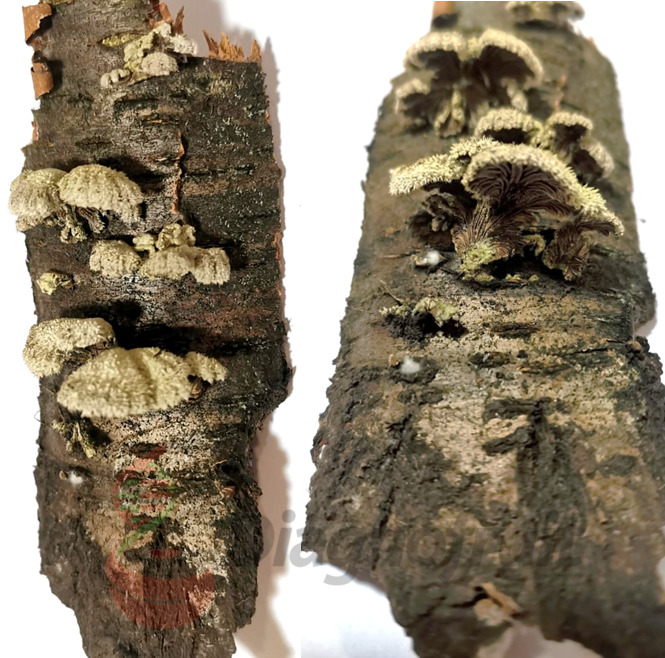
How to Identify It?
Although it is always advisable to have a laboratory analysis to make an accurate diagnosis, in the field we can observe characteristic fruiting bodies on trunks and branches, living or dead (Photo 2). The lower surfaces C. purpureum, as their name suggests, display vivid purple color; on the other hand, S. commune It presents these light brown tissues (Photo 3), characteristics that allow us to differentiate both species in the field.
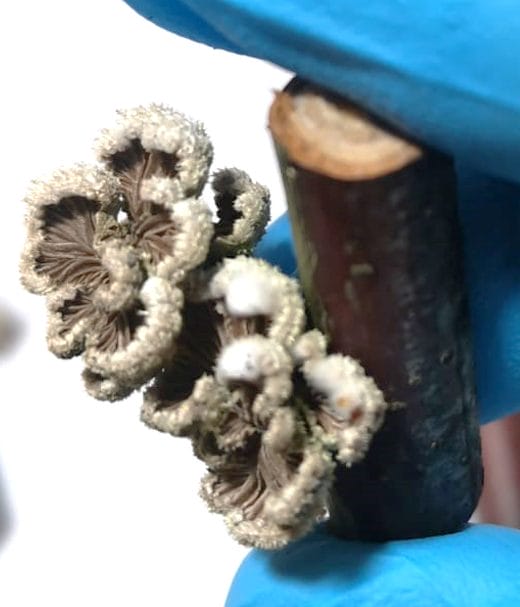
Keys to its control
Although it may sound obvious, you should always start with healthy plant tissue; we have often observed new plantations infected with this fungus, and when we go back to the mother plants we notice the presence of Schyzophyllum. This often does not condemn the plants at the time, but it does generate a medium and long-term problem, directly threatening the sustainability of the garden.
All good pruning practices, starting with disinfection of tools, avoiding pruning when branches are large (longer healing), promoting cuts adjacent to the main branch but not on it, for faster callus generation, are all recommendations that reduce the risk.
Sanitary measures such as removing fruit bodies and dead branches help to remove inoculum from the field and reduce the probability of infection.
Pruning paint when handling, especially thick cuts, can prevent the development of infections, but only if the cut is covered well. To support pruning, applications of fungicides or biological control can be included immediately after the work (Trichodermas or consortia), in order to reduce the probability of infection, always acting with a preventive attitude.
Fungicide sensitivity test
To have an approach of which active ingredients could have greater control activity in the field, for preventive spraying after critical management such as pruning, we performed a sensitivity analysis (Photo 4) to four broad spectrum fungicides commonly used in cherry trees, determining EC50 towards each active ingredient for five strains of S. commune obtained from two cherry orchards in southern Chile. The results can be seen in Figure 1.
Two active ingredients, Captan and Tebuconazole, resulted in average EC50s less than 1 ppm, values that project them as candidates for use in the field for preventive management of the pathogen. Further research should be carried out to adjust doses, appropriate application times and also to understand the epidemiology under local conditions, by virtue of the known adaptability of Schyzophyllum common.

